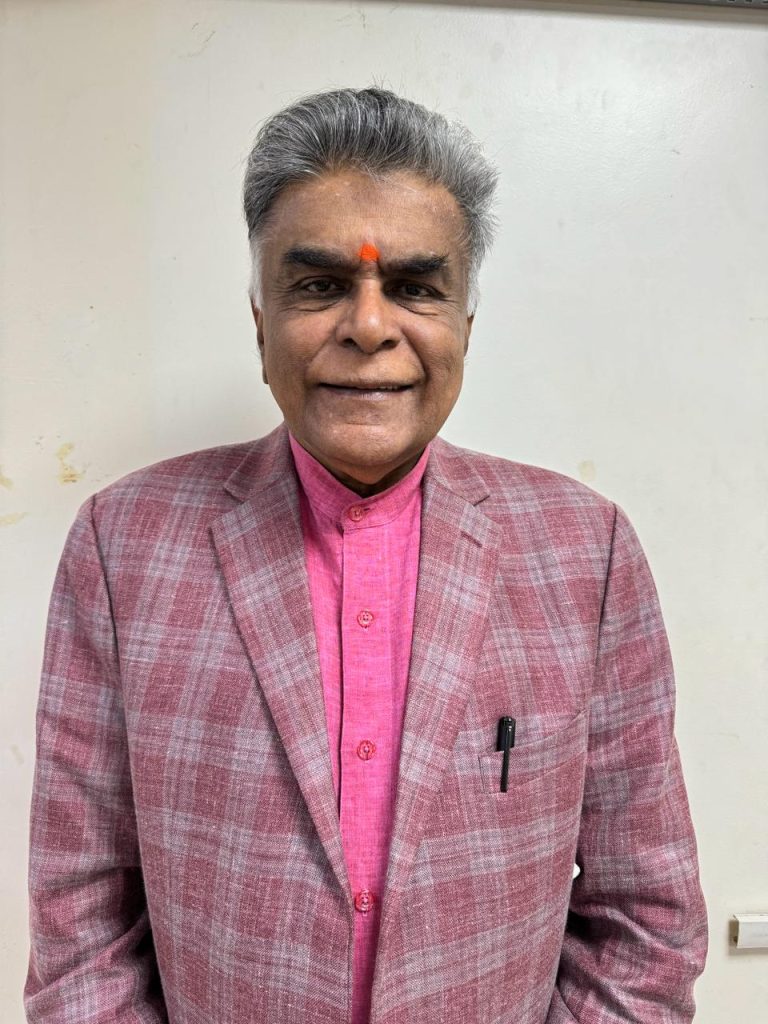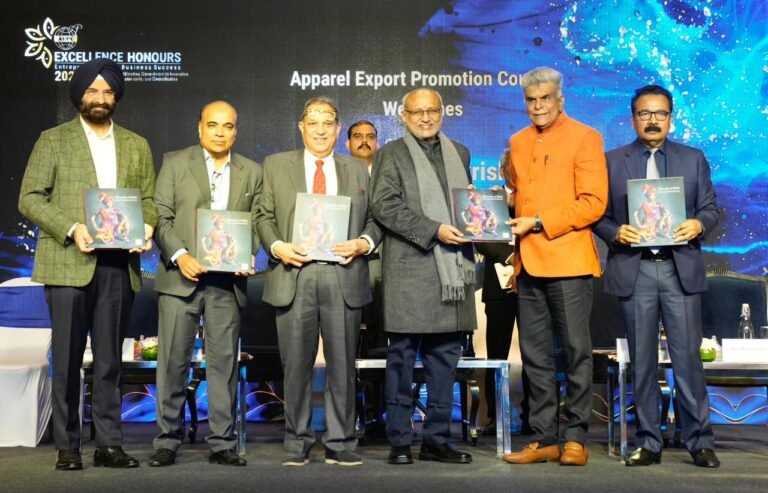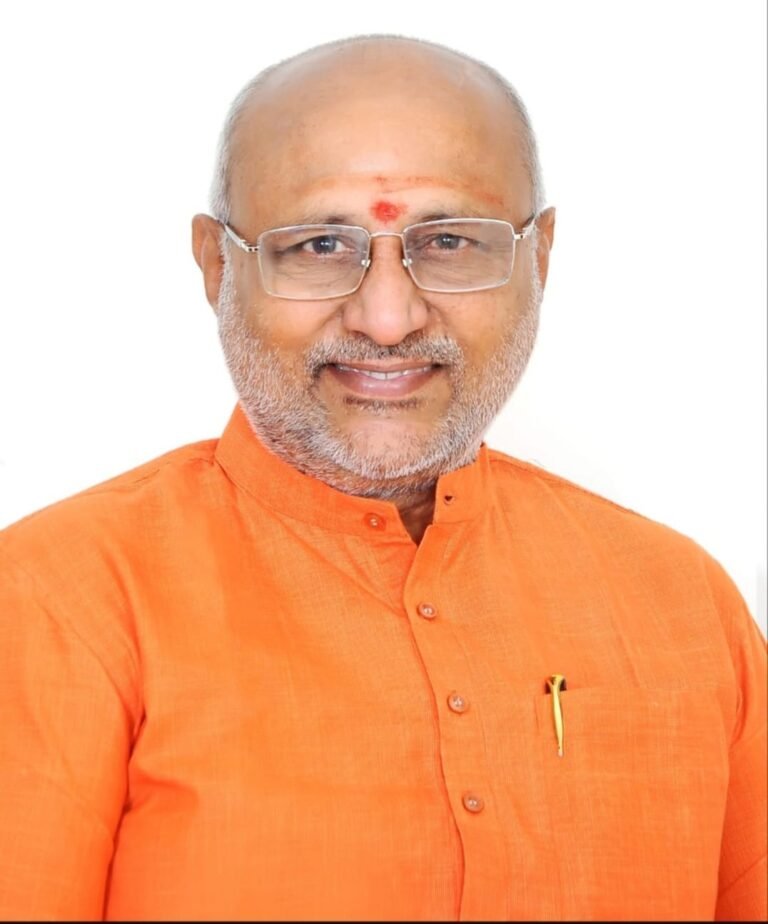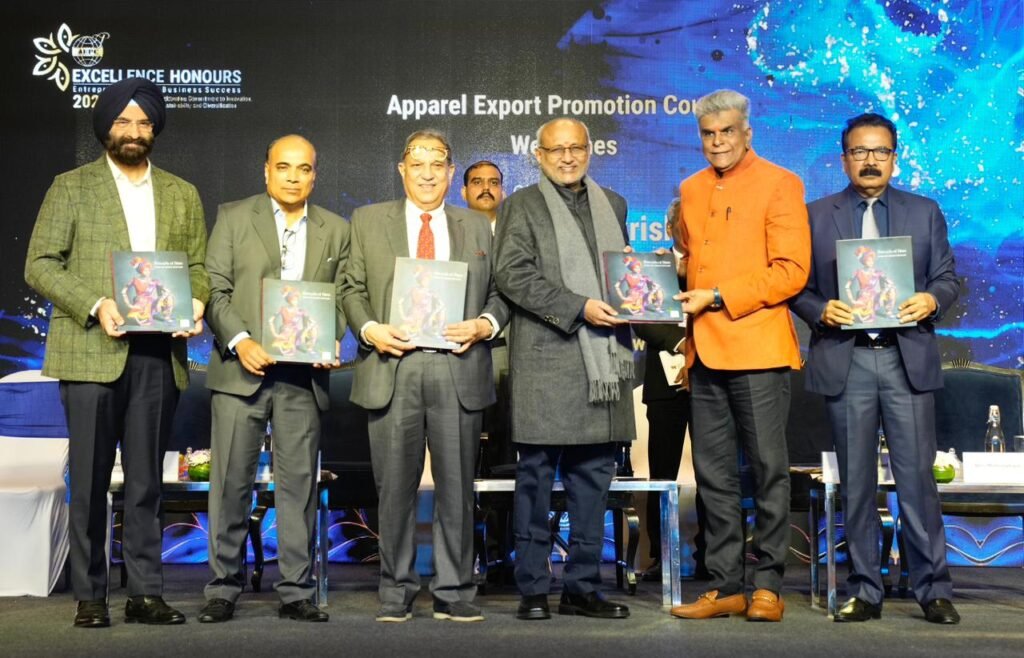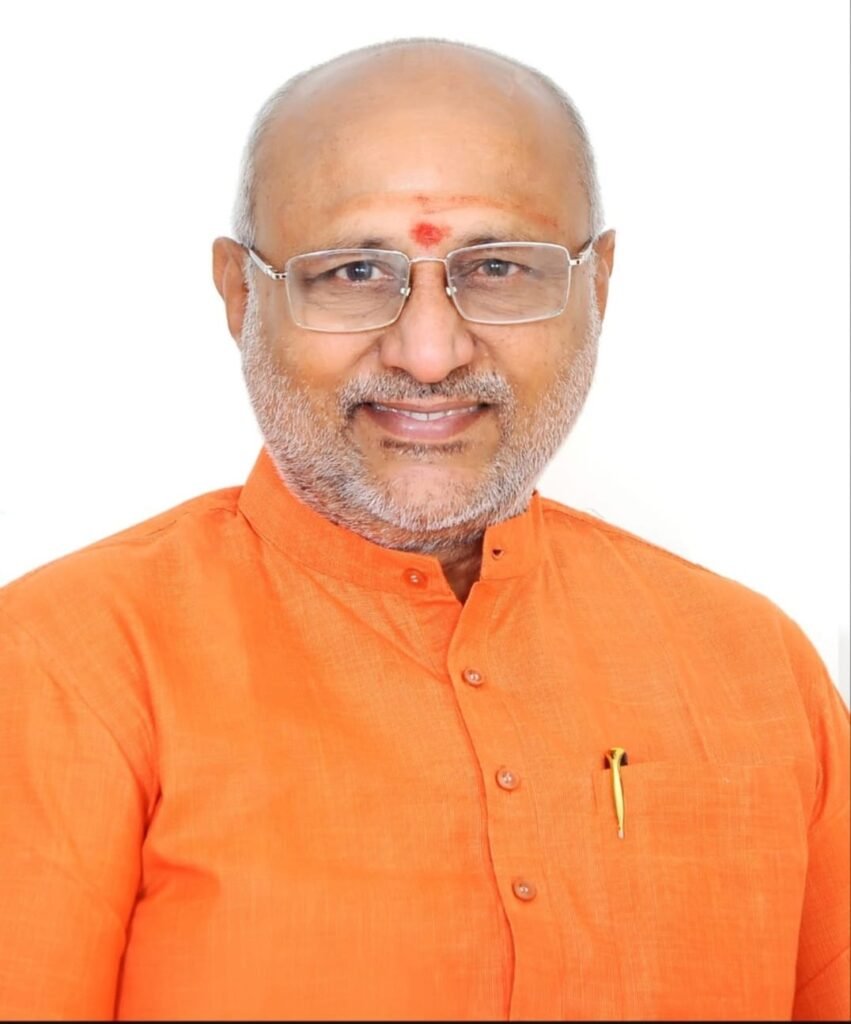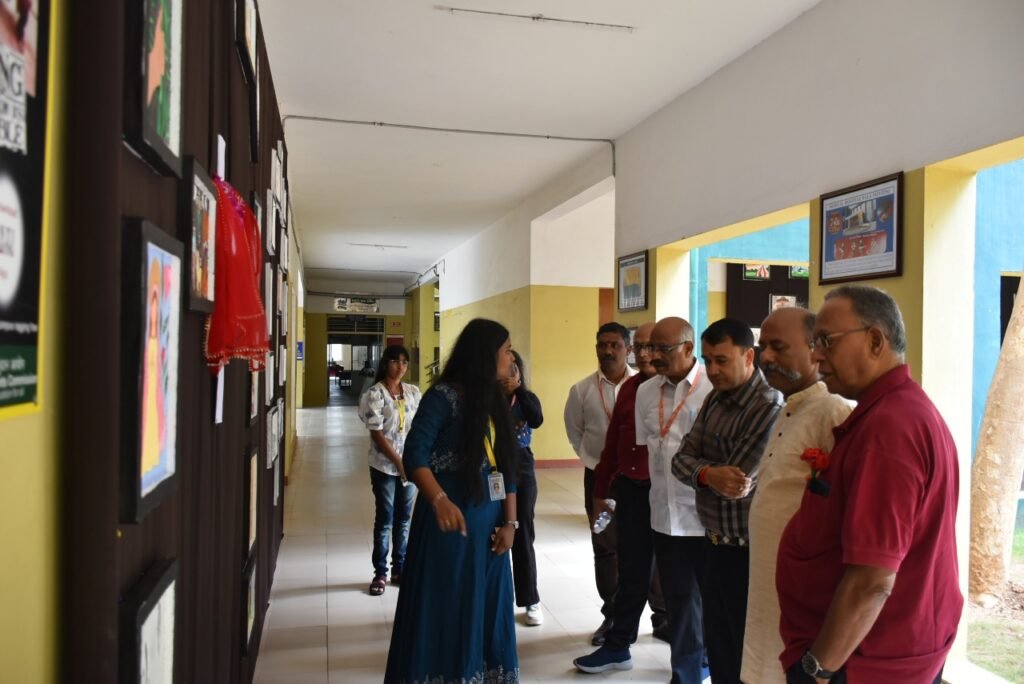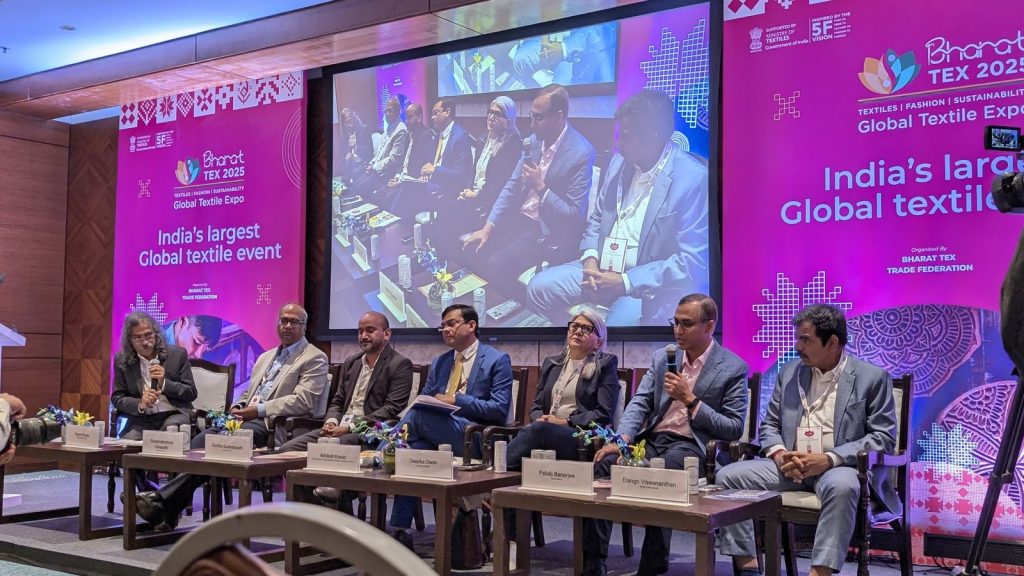
New Delhi, February 2025: At Bharat Tex 2025, Tiruppur Exporters Association (TEA) Vice President, Shri V. Elangovan, shed light on the crucial role of Micro, Small, and Medium Enterprises (MSMEs) in the Indian textile sector. As the backbone of the Indian economy, MSMEs provide substantial employment opportunities, second only to agriculture.
Tiruppur, known as the Knitwear Capital of India, is a sustainable apparel cluster where 95% of units are MSMEs. Despite his sourcing experience across various Indian apparel hubs and even Bangladesh, Shri Elangovan observed gaps in productivity and technological advancements, highlighting both the strengths and challenges faced by MSMEs.
Productivity and Workforce Challenges
While Tiruppur contributes 54% of India’s knitwear exports (₹38,000 crore) and ₹25,000 crore to domestic retail and wholesale, its productivity lags behind other major global manufacturing hubs.
- Average productivity stands at 35-40% for fashion articles and limited orders, rising to 65% for bulk manufacturing.
- Man-machine ratio in Tiruppur is 1 machine for every 2 workers, whereas in the Far East, the ratio is 1:1.15 to 1:1.5, enabling higher efficiency.
- 70% of Tiruppur’s workforce comprises women, with 2,500 exporters and 20,000 standalone units across the value chain.
However, labor shortages pose a major challenge. As experienced workers transition to the next phase of life, the industry increasingly relies on migrant labor, requiring extensive skilling programs that disrupt productivity. Additionally, frequent job shifts and high attrition rates hinder efficiency, as factories struggle to retain skilled workers.
Technology Lag: The Need for Upgrades and Financial Support
In the past decade, shrinking profit margins and intense competition have led to delayed investments in technology upgrades. Unlike competing nations that actively embrace automation and AI, many MSMEs in Tiruppur struggle to afford machinery upgrades without external financial support.
To bridge this gap, Shri Elangovan suggested that the Ministry of Textiles (MOT) advocate for technology upgrade funds by urging the Finance Ministry to:
✅ Reinstate capital expenditure (Capex) support for machinery upgrades
✅ Simplify norms and increase subsidies for automation adoption
✅ Incentivize factories with high productivity through financial benefits
AI and Workforce Solutions: A Path to the Future
The introduction of AI and advanced technology in apparel manufacturing presents a game-changing opportunity to:
🔹 Reduce human intervention in repetitive tasks
🔹 Boost productivity and efficiency in textile units
🔹 Address labor shortages by automating key processes
Additionally, investment in upskilling programs, dedicated R&D centers, and worker welfare initiatives, such as common hostels with ‘learn-and-earn’ facilities, can create a sustainable ecosystem for MSMEs.
A Dedicated Knitwear Board for Tiruppur
Shri Elangovan emphasized the urgent need for a Knitwear Board dedicated to Tiruppur, bringing together government and industry representatives to:
✔ Address region-specific challenges across knitting, dyeing, printing, sewing, embroidery, and packaging
✔ Facilitate direct communication between MSMEs and policymakers
✔ Accelerate sector-wide growth and innovation
With Tiruppur contributing 54% of India’s knitwear exports, Shri Elangovan urged the Ministry of Textiles to establish this board, ensuring policy interventions that empower MSMEs and sustain India’s leadership in global textiles.
As Bharat Tex 2025 continues to showcase India’s textile potential, Tiruppur’s industry leaders are calling for bold reforms, financial backing, and technological investments to ensure MSMEs remain at the heart of India’s economic success.

